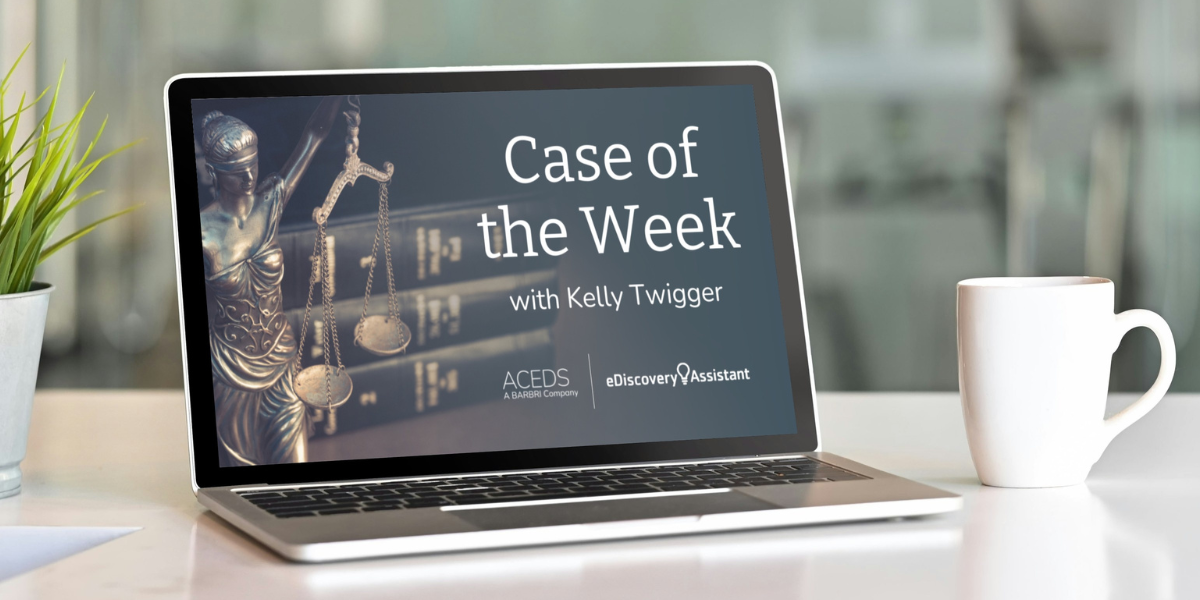When litigating high-profile cases, attorneys must tread carefully in handling confidential materials, especially when protective orders are in place. In Cahill v. Nike, Inc., an inadvertent disclosure by counsel to the press led to sanctions under Rule 37(b), illustrating the serious implications of mishandling protected information. This decision serves as a reminder of the importance of due diligence, timing, and transparency in managing sensitive documents throughout litigation.
Background of the Case
This case stems from allegations of systemic discrimination at Nike with plaintiffs seeking class certification. As part of the proceedings, documents containing Nike employee information were filed under seal, protected by a Court-ordered protective order. However, when media organizations requested access, the Court granted limited rights to intervene but ultimately denied full access to these protected materials.
During a meeting with a reporter, one of the plaintiffs’ attorneys unintentionally shared protected documents. Although the intent was to limit information to what was publicly available, an inadvertent disclosure of documents covered under the protective order occurred, putting confidential information at risk of publication. This misstep led Nike to seek sanctions, claiming a violation of the protective order.
Court Analysis and Key Findings
The Court found that the inadvertent disclosure was a violation of the protective order. Although the intent was not malicious, the oversight highlighted the risks associated with providing sensitive materials to third parties. In this case, the Court evaluated the attorney’s actions and the specific timing and nature of disclosure under Rule 37(b), which enforces sanctions for failing to comply with a court order.
- Intent vs. Outcome
The Court noted that while the disclosure was not willful, it was nonetheless a breach that warranted sanctions. In balancing the remedial goals of sanctions with the potential harm caused, the Court clarified that even unintentional breaches of a protective order could result in penalties to ensure compliance. - Responsibility to Notify
One critical factor was the attorney’s delay in notifying both the Court and opposing counsel of the disclosure. While the attorney eventually sought the return of documents from the reporter, the delay in informing Nike exacerbated the issue. As the Court underscored, prompt notification is essential in addressing inadvertent disclosures and mitigating potential damage. - Sanctions and Consequences
Nike’s request for sanctions included various penalties, such as monetary fees, evidence exclusion, disqualification of counsel, and even a change of venue. The Court ultimately imposed limited sanctions, awarding costs associated with the recovery efforts but rejecting more severe penalties, as the inadvertent disclosure did not lead to publication of the names within the documents. However, the case underscores that sanctions can vary significantly based on circumstances and level of harm caused.
Practical Takeaways for Litigators
This case highlights key practice points for litigators who manage confidential or sensitive information under protective orders:
- Double-Check All Documents Before Disclosure
Even with the best intentions, mistakes happen. To avoid such oversights, attorneys must personally review any documents shared with third parties, particularly under protective orders. This added diligence can help prevent unintended disclosures. - Timely Communication is Key
Inadvertent disclosures require immediate action. Timely notification to both the Court and opposing counsel can help mitigate the impact, as delay often worsens the situation. When a mistake occurs, quick, transparent action is essential. - Consider All Stakeholders
Beyond legal strategy, high-stakes cases often attract media attention, increasing the likelihood of outside pressure. Attorneys should carefully consider how third-party involvement, such as the media, may impact confidentiality obligations.
Conclusion
The Cahill v. Nike case serves as a crucial reminder of the responsibilities that come with handling sensitive documents under protective orders. For litigators, it’s essential to practice caution, conduct thorough reviews, and maintain proactive communication. With these measures, legal professionals can better navigate the complexities of protective orders and uphold their duty to protect client confidentiality.
In the fast-paced world of litigation, a moment’s oversight can have lasting consequences. By learning from this case, attorneys can strengthen their practice, protect their clients, and avoid costly sanctions.


